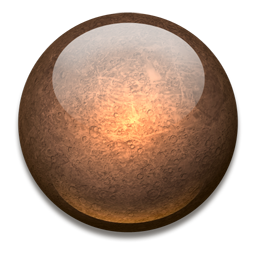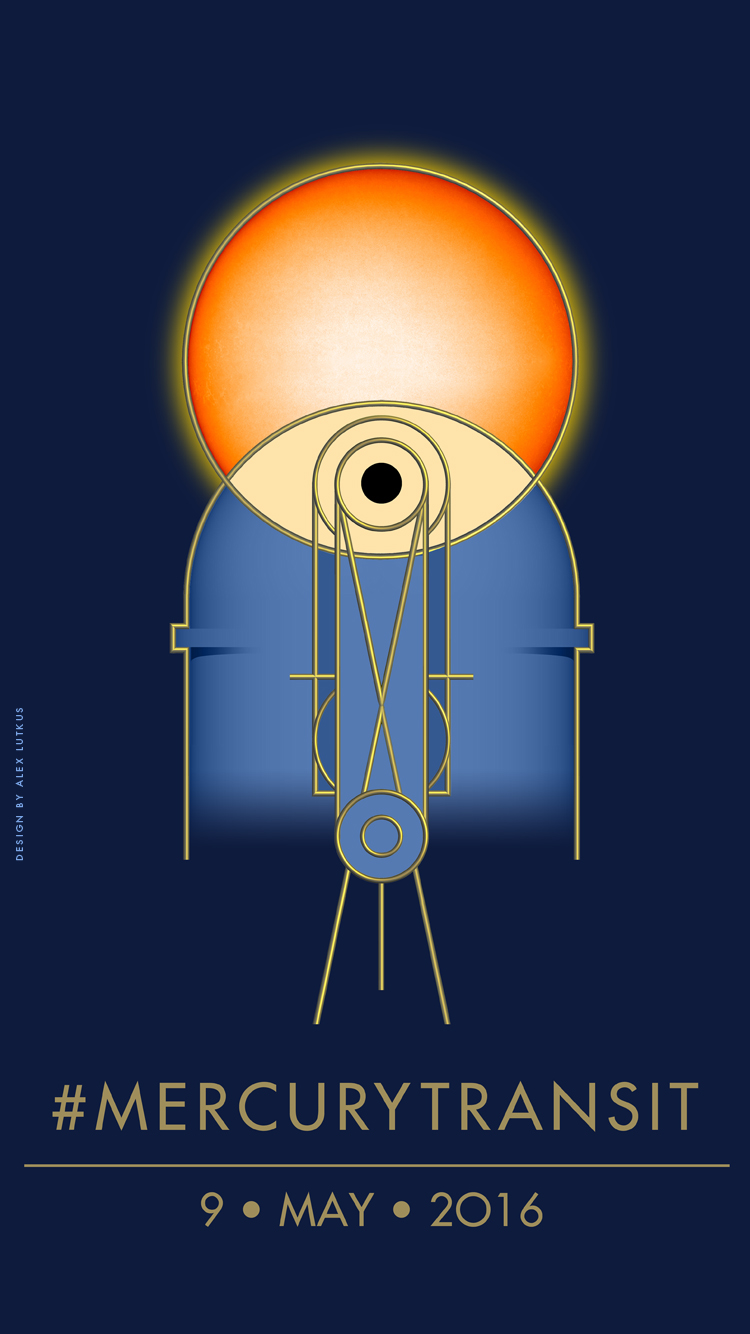Home - BepiColombo SCWG

Surface and Composition Working Group
BepiColombo will have a larger and more capable suite of instruments relevant for determination of the topographic, physical, chemical and mineralogical properties of the surface of Mercury than the previous two missions to have visited the planet.
We anticipate that insights gained into the planet's geological history and its current space environment will enable us to understand the relationships between surface composition and the composition of different types of crust.
This will enable estimation of the composition of the mantle from which the crust was derived, and lead to better constraints on models for Mecury's origin and the nature of the material from which it formed.
Primary Questions
- From what material did Mercury form and how?
- How and when did it become internally differentiated?
- Is there both primary and secondary crust on Mercury?
- How can we explain the surface abundance of volatiles?
Practical Questions
- What is the history of crust formation?
- How does the crustal composition vary...
- ... across the surface?
- ... with depth?
- Crater formation.
- Tectonics
- How are the surface and the exosphere related?
- How do the surface and magnetosphere interact?
- How does the regolith actually reflect Mercury?
Meetings
Meeting presentations and MoMs can be accessed via the Livelink Documentation Server
Meetings
- SCWG meets online and in person at SWT. Online meetings are via Zoom on the 2nd Monday of most months, 1500 Rome time.
Working Group CO-LEADERS
Other Information
- Removed a total of (2) style display:none;

- Removed a total of (1) style float:left;








































 Sign in
Sign in
 Science & Technology
Science & Technology
